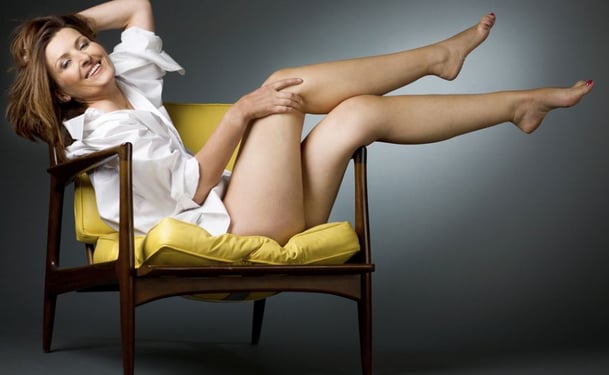The new kind of cosmetic dermatology treatment known as Threadlift is an attractive alternative to conventional “facelifts” or other similar cosmetic surgeries. Instead of cutting through tissues, as doctors do with a traditional facelift, Threadlift includes the use of small, specialized sutures. Doctors use these sutures to neatly lift skin in specific areas of the face for a kind of tighter, more youthful appearance.
This treatment does not often result in visible scarring, and it's less intensive nature makes it a desirable option for many patients who want a lighter approach to facial alteration. Threadlift is done as an outpatient procedure in a dermatology or cosmetic surgery office.
Immediately after Treatment
Threadlift treatments are generally done with local anesthesia or, in some cases, light sedation. Light sedation may leave a patient somewhat affected, where some patients may need to arrange for transportation. Generally, though, recovery with Threadlift is not intensive because, unlike facial surgery, there are none of the risks involved in cutting or re-arranging tissues deep underneath the skin. That means a patient can go about their regular schedule with less recovery time after the process is completed. Also, many Threadlift treatments do not require more than one session, so patients can plan for a single event and the downtime associated with it.
Recovery Timeline
Patients may take several days to fully recover from a Threadlift procedure. Usually, there will not be any limitations to basic mobility or function, but in some cases, doctors may recommend waiting up to a week to return to work. Patients may also be advised to avoid strenuous exercise for up to one month. Pay attention to your doctor’s specific instructions to get the best results from this kind of procedure.
Bruising and Swelling
Bruising and swelling may occur directly after a Threadlift procedure. Lots of doctors tell patients to use ice packs to help the skin deal with the sutures. Some doctors may also recommend some over the counter medications. Although some amount of bruising and swelling is normal, patients should get more specific information about how to monitor these symptoms and when to return for follow-up care if they get worse.
Doctors with experience can tell patients that Threadlift is a relatively safe cosmetic dermatology procedure. However, none of these treatments are completely without risk or a need for recovery. Patients should get good, thorough consultations from doctors before going ahead with different kinds of cosmetic dermatology treatments.
Doctors should explain all of the possible risks and complications of Threadlift before the patient elects it. Patients should also provide a list of known allergies in order to help avoid some kinds of complications. The best pre-treatment consultation leads to the most effective combination of treatments and best chances of avoiding side effects for a particular patient.



